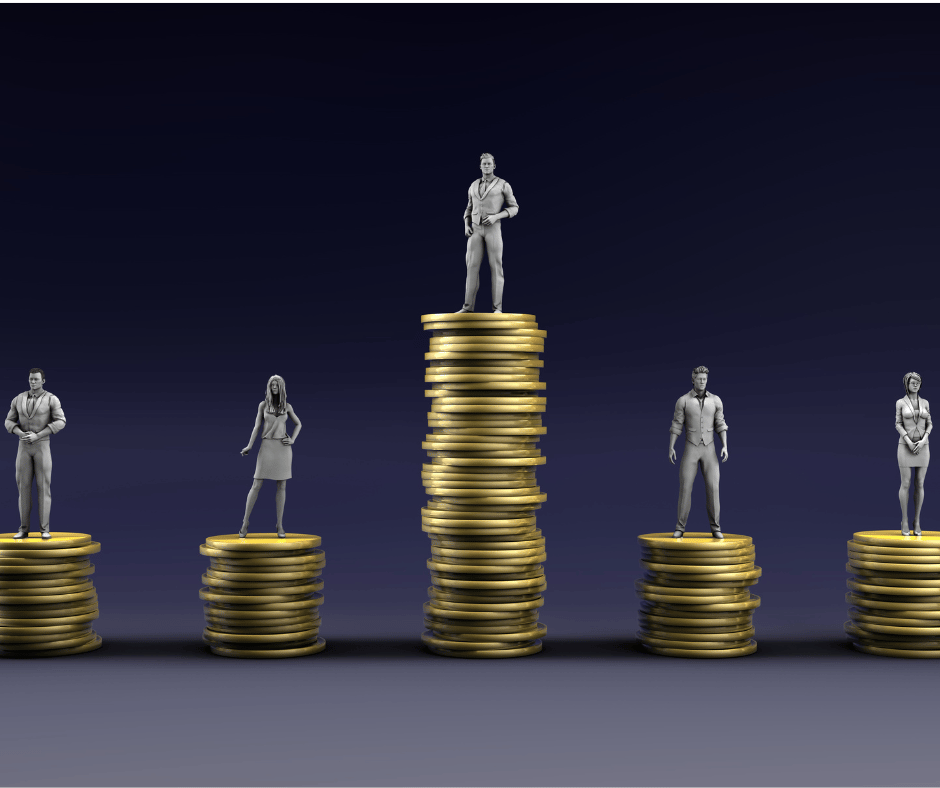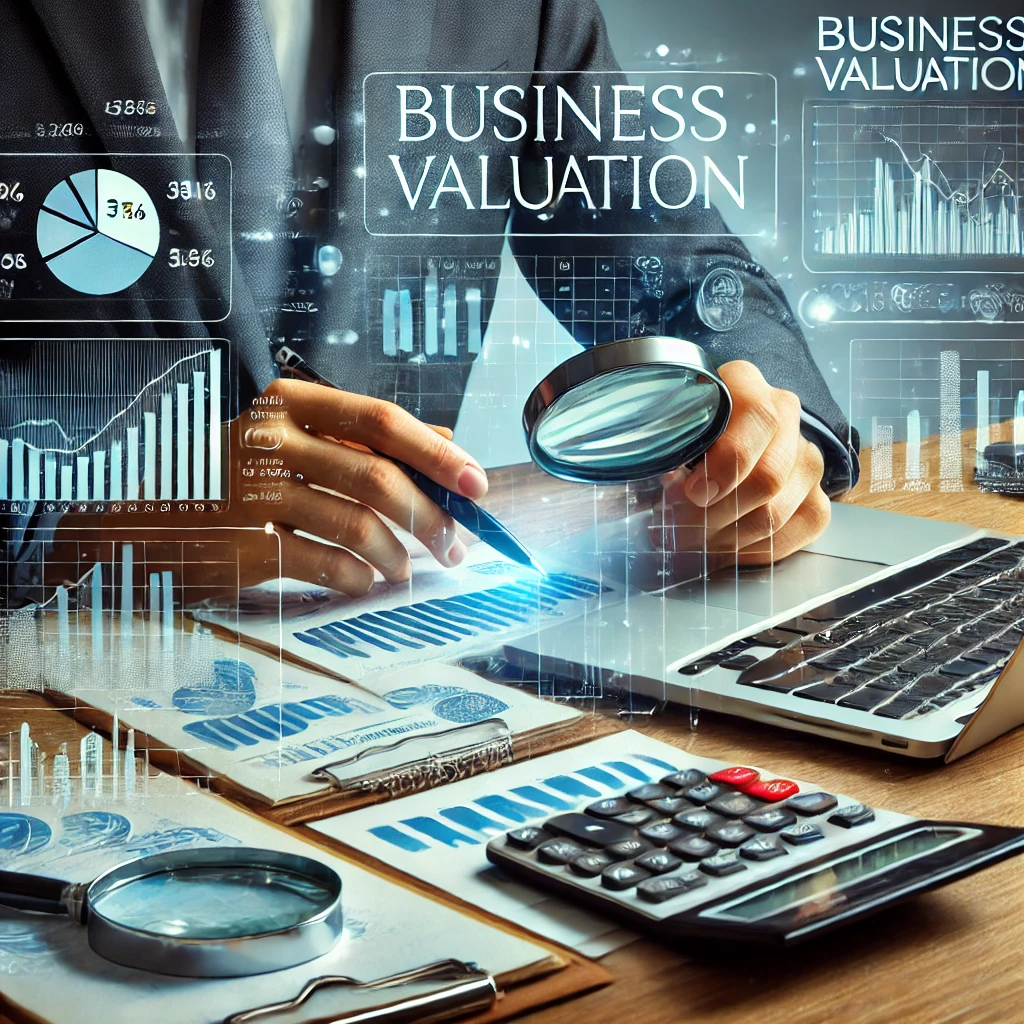Behavioral Economics is a fascinating field that explores how psychological, emotional, cognitive, and social factors influence economic decisions. Unlike traditional economics, which assumes that people always act rationally to maximize their utility, behavioral economics reveals that human decisions are often irrational and influenced by a variety of biases. This emerging discipline has profound implications for businesses, as understanding and leveraging these behavioral insights can lead to more effective strategies for marketing, customer engagement, and overall business success.
In this article, we’ll dive into the key principles of behavioral economics, explore how they can be applied in a business context, and provide actionable insights to help your brand connect more deeply with customers.
1. The Anchoring Effect: Setting the Stage
The anchoring effect is one of the most powerful principles in behavioral economics. It refers to the tendency for people to rely too heavily on the first piece of information they receive (the “anchor”) when making decisions. Once the anchor is set, it influences subsequent judgments and decisions.
Business Application:
In pricing strategies, the anchoring effect can be used to frame the perception of value. For example, if a retailer sets a high initial price for a product and then offers a discount, the customer perceives the discounted price as a great deal, even if the final price is close to the original value. This tactic is commonly used in sales promotions, where the “original price” serves as the anchor.
Actionable Tip:
When introducing a new product, set a high initial price to establish an anchor, and then offer discounts or bundled deals to make the perceived value more attractive.
2. Loss Aversion: The Fear of Losing

Loss aversion is a concept that describes people’s tendency to prefer avoiding losses rather than acquiring equivalent gains. In other words, the pain of losing something is stronger than the pleasure of gaining something of equal value.
Business Application:
This principle can be used to create urgency and motivate customer actions. For instance, limited-time offers, countdown timers, and phrases like “Don’t miss out!” tap into the fear of loss, prompting customers to act quickly to avoid missing an opportunity.
Actionable Tip:
Implement scarcity tactics in your marketing campaigns, such as limited stock availability or time-sensitive discounts, to encourage quicker decision-making.
3. Social Proof: The Power of Influence
Social proof refers to the phenomenon where people look to the actions and behaviors of others to determine their own actions, especially in situations of uncertainty. This principle is driven by the human desire to conform and be part of a group.
Business Application:
Leveraging social proof can significantly boost credibility and trust in your brand. Customer reviews, testimonials, case studies, and user-generated content are powerful tools that demonstrate the value of your product or service through the experiences of others.
Actionable Tip:
Showcase customer testimonials and reviews prominently on your website and social media platforms. Highlight user-generated content to build a community around your brand.
4. The Endowment Effect: Valuing What We Own

The endowment effect is the tendency for people to place a higher value on something they own compared to something they do not own. This bias can lead to an irrational attachment to possessions, even when selling or trading them would be more beneficial.
Business Application:
In a business context, the endowment effect can be leveraged through free trials or money-back guarantees. By allowing customers to “own” a product or service for a limited time, they become more likely to perceive its value and decide to keep it.
Actionable Tip:
Offer a free trial period or a satisfaction guarantee to lower the perceived risk for customers and increase the likelihood of conversion.
5. Temporal Discounting: The Pull of Immediate Gratification
Temporal discounting refers to the tendency for people to prefer smaller, immediate rewards over larger, delayed rewards. This principle highlights the challenge of self-control and the allure of instant gratification.
Business Application:
Businesses can use temporal discounting to their advantage by offering immediate incentives, such as instant discounts, rewards for quick actions, or benefits for early sign-ups. This strategy can drive faster conversions and reduce the likelihood of customers procrastinating on a purchase decision.
Actionable Tip:
Incorporate limited-time offers and immediate rewards in your marketing campaigns to capitalize on the consumer’s preference for instant gratification.
6. The Peak-End Rule: Shaping Memorable Experiences
The peak-end rule is a psychological heuristic that suggests people judge an experience based largely on how they felt at its peak (the most intense point) and at its end, rather than the experience as a whole. This rule applies to both positive and negative experiences.
Business Application:
Businesses can use the peak-end rule to craft customer experiences that leave a lasting positive impression. By focusing on creating memorable “peak” moments during the customer journey and ensuring a positive conclusion, brands can enhance overall customer satisfaction and loyalty.
Actionable Tip:
Identify the key touchpoints in your customer journey where you can create peak moments, such as a surprise gift, exceptional customer service, or a personalized thank-you note. Ensure the final interaction with your brand is positive and satisfying.
Conclusion: Harnessing Behavioral Economics for Business Growth
Understanding and applying the principles of behavioral economics can provide businesses with a significant competitive edge. By recognizing the biases and psychological factors that drive consumer behavior, brands can craft more effective marketing strategies, improve customer experiences, and ultimately drive better business outcomes.
Whether it’s through anchoring pricing strategies, leveraging loss aversion to create urgency, or using social proof to build trust, the insights from behavioral economics offer valuable tools for any business looking to deepen its connection with customers. As the field continues to evolve, staying informed and adapting to new findings will be key to staying ahead in a competitive market.
By aligning your business strategies with the core principles of behavioral economics, you can not only meet the needs of your customers more effectively but also foster loyalty and growth in a sustainable way. The power of behavioral economics lies in its ability to reveal the human truths behind economic decisions, and for businesses, this knowledge is a pathway to success.










